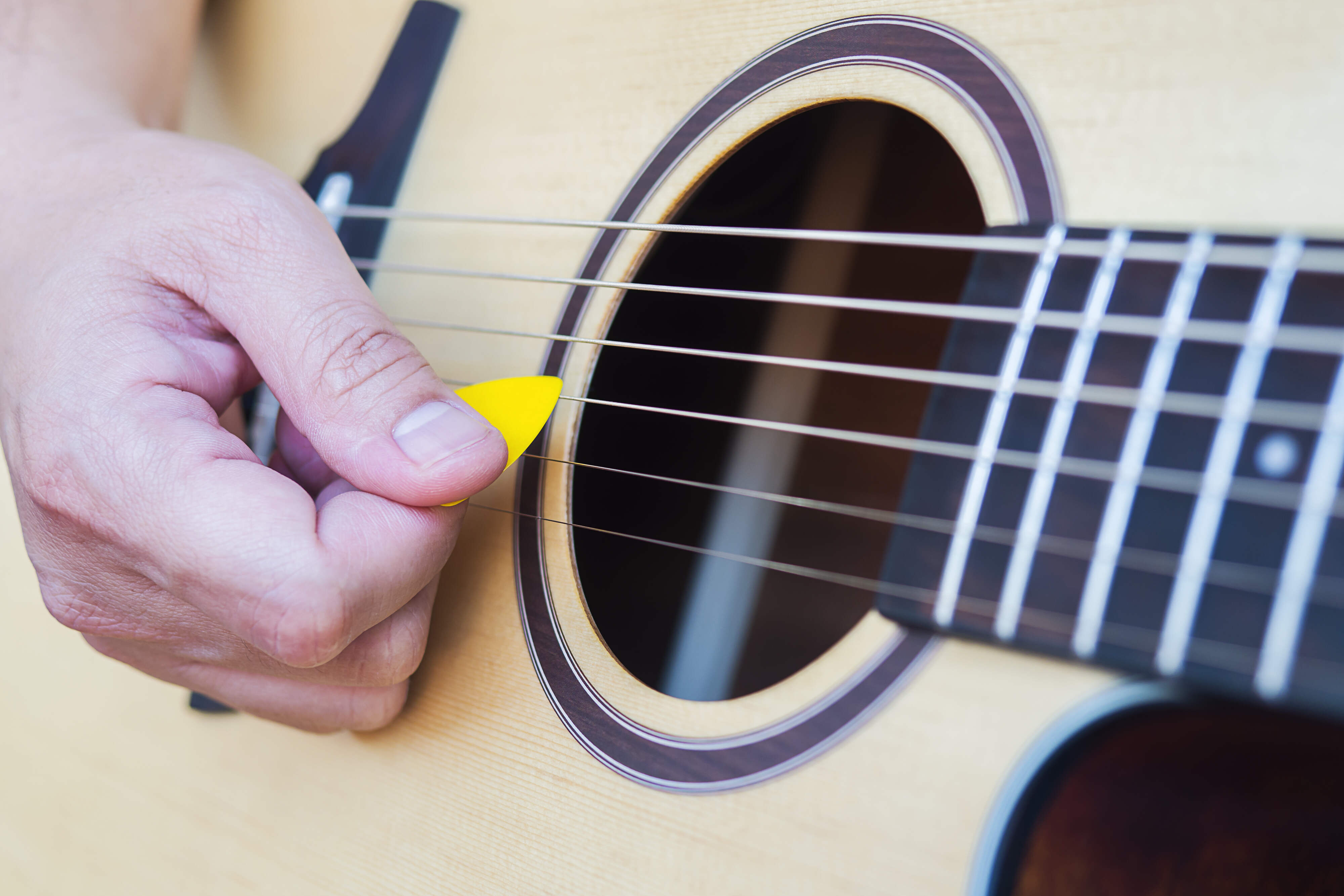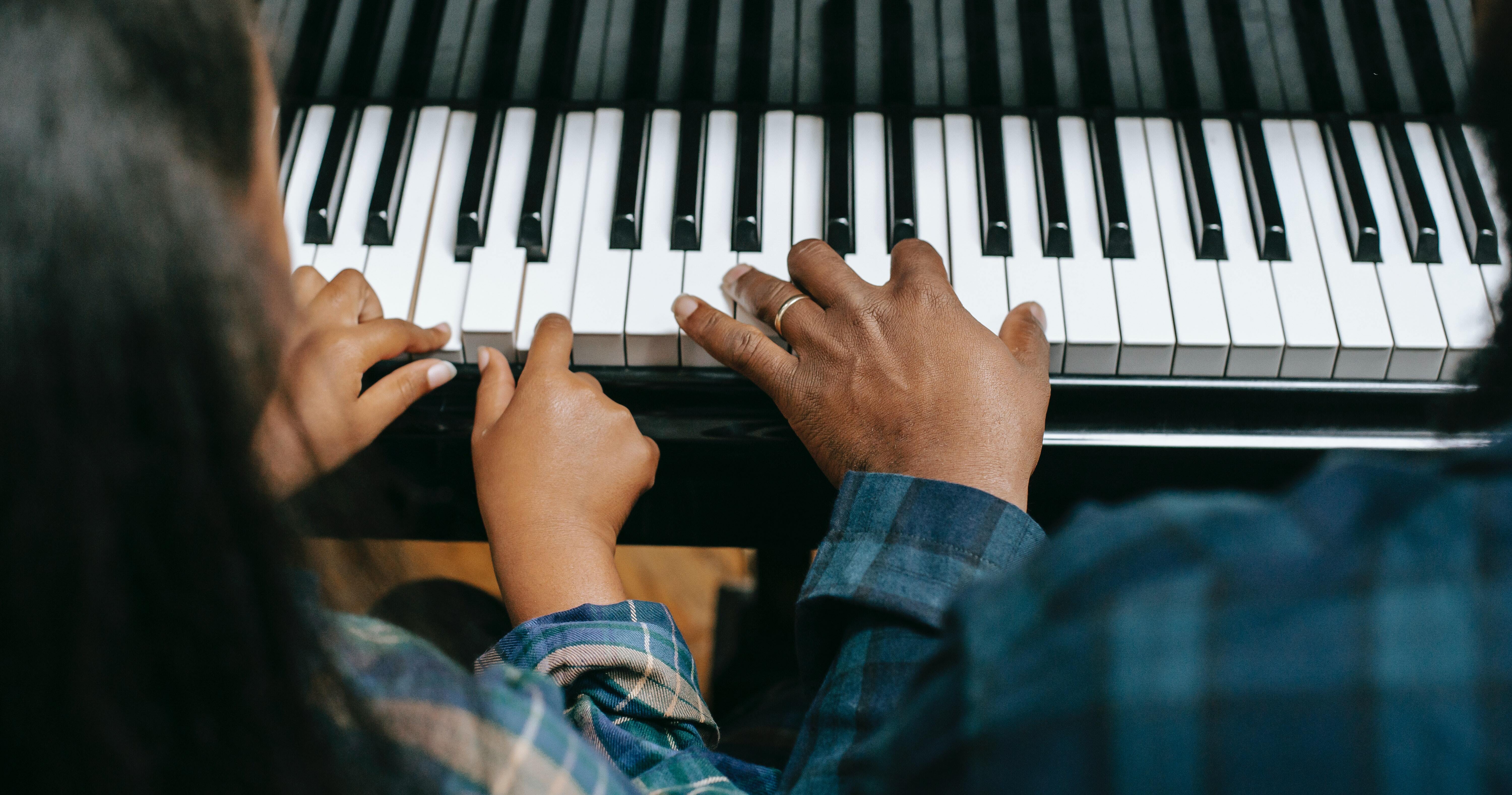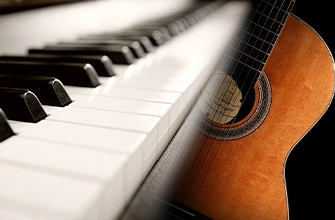Introduction
Learning guitar is one of the most rewarding things you can do – but it can also be one of the most challenging. Luckily, there are plenty of basic guitar chords that can bolster your skills without driving you crazy along the way. One of the first things to do when you’re new to playing the guitar is to learn the basic guitar chords for beginners.
If you are ready to get started and learn easy guitar chords for beginners, buckle up, grab your guitar, and get ready for a fun and exciting journey! Here is a detailed step-by-step guide to guitar chords for beginners.
1. A Major
A major chord is a good place to start because this chord of the guitar is positioned on the second fret, allowing you to use your other fingers to vary it up. Simply place your first finger on the fourth string, your second finger on the third string, and your third finger on the second string – all on the second fret.
2. C Major
To play the C major chord, place your third finger (ring) on the fifth string (3rd fret), your middle finger on the fourth (2nd fret), and your index finger on the first sting (1st fret). The 6th string, like the A chord, cannot strike.
3. D Major
D major has a distinctive triangular form. Use your first two fingers to play E and G on the second fret, then your third finger to push down the B string on the third fret. The final sound is upbeat and uplifting, and it may be reminiscent of many well-known cheerful songs.
4. E Major
The E major chord is special in that it needs the use of every string. Place your first finger on the third string’s first fret, then your second finger on the fifth string’s second fret. The third finger is placed on the fourth string’s second fret. Finally, hold them all down and strum in unison. Try to strike them all at once!
5. G Major
The G major chord is a little more difficult than some other chords, and it might be difficult to rapidly go on to other chords after playing it. To play it, place your first finger on the second fret of the fourth string, your second finger on the third fret of the fifth string, and your third finger on the third fret of the first string, and pluck them all gently.

6. A Minor
If you can play E major, A minor should be a piece of cake. Simply move your finger one string higher. This chord is also extremely near to A major if the B note is moved from the second to the first fret. Minor chords give a melancholy tone to them, making them ideal for sad songs. The A chord is a must-know for all beginners!
7. D Minor
The D minor chord is nearly identical to the D major chord. However, the high E must be moved from the second to the first fret. For the chord to sound right, the fifth and sixth strings must be muted. D minor sounds like you’re getting ready to say something significant. It’s popular among artists of various genres, but it sounds especially excellent in a decent country or folk tune.
8. E Minor
If you’re seeking simple guitar chords, E minor is a good place to start. To effectively play E minor, simply take your E major chord and omit the G string. It’s undoubtedly one of the simplest minor chords to learn, and even the most inexperienced guitarist should be able to play it within minutes of taking up their guitar.
Takeaway
The guitar is a lifelong learning experience. It is ideal to take music online classes from an academy and have teachers lead you through the process to make it more exciting and educational. At Artium Academy, Raju Singh, our program’s faculty chair, has well-crafted the guitar course. Learn and enjoy the experience of the guitar via numerous genres of world music.














